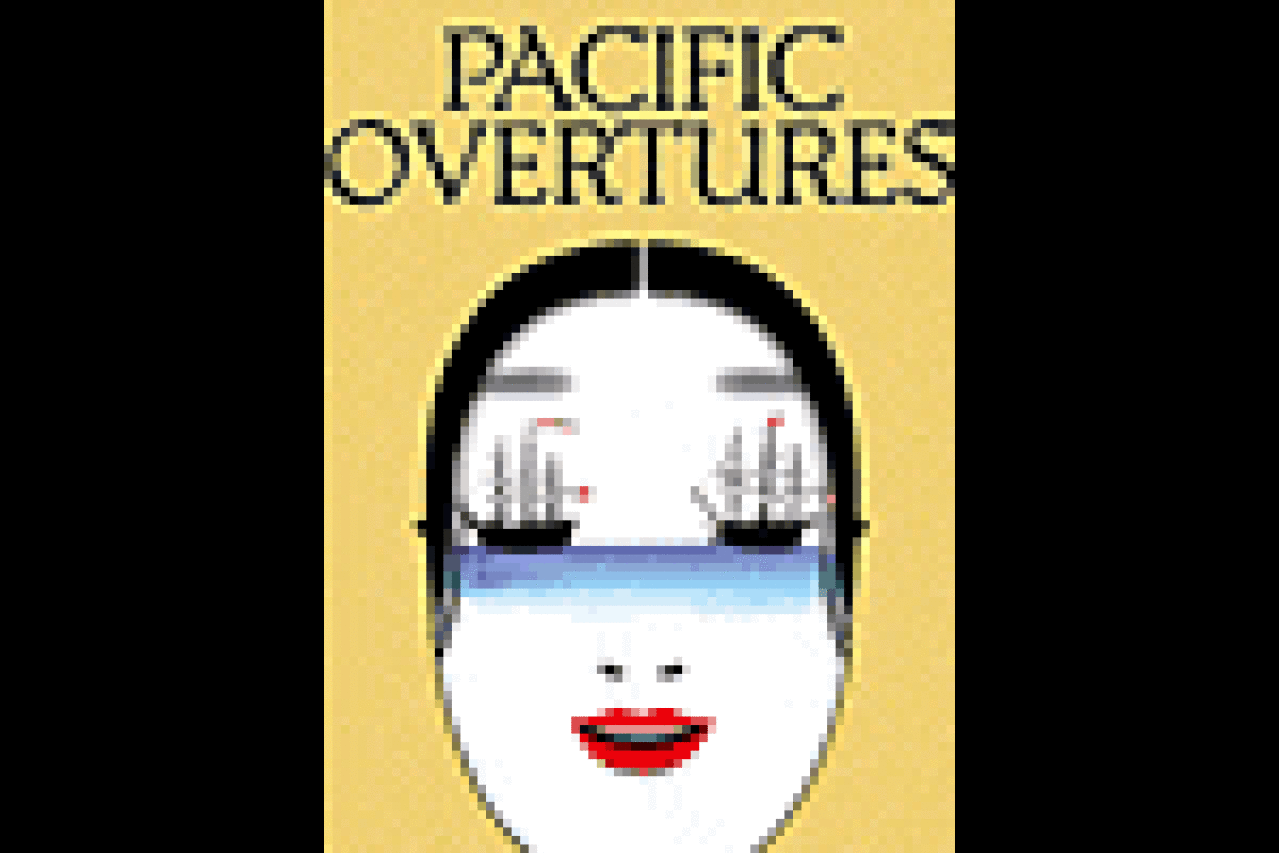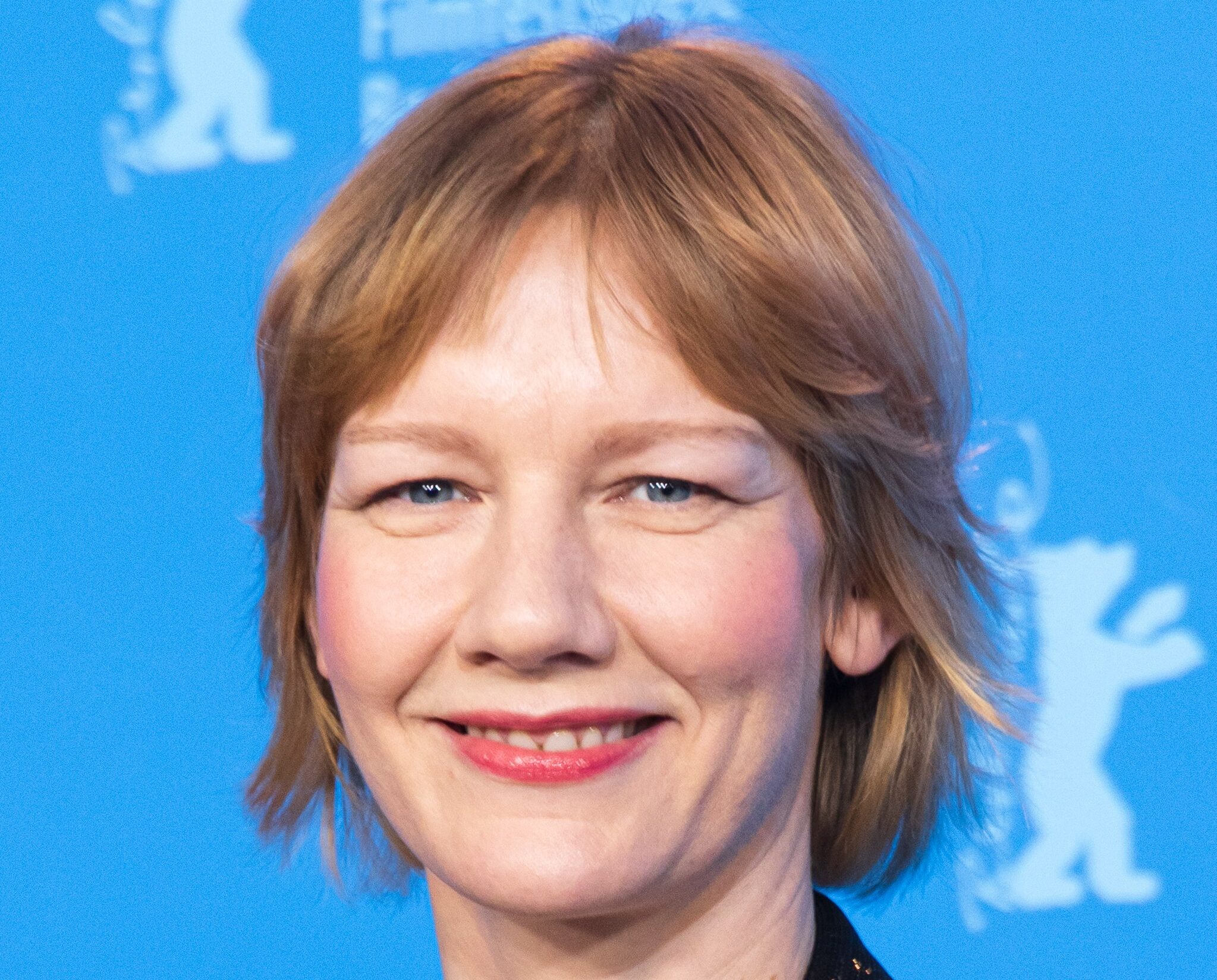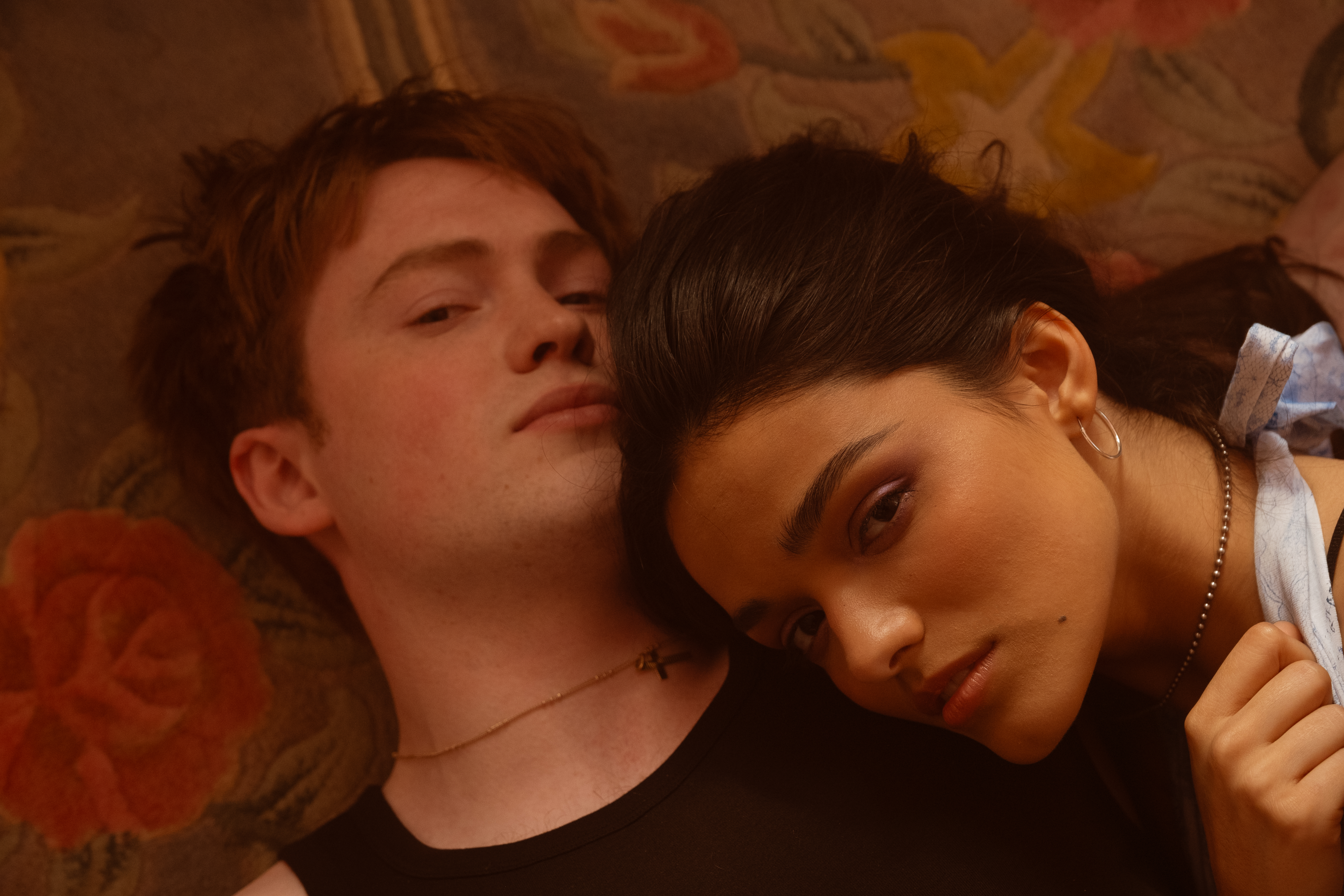Pacific Overtures

(Photo © Joan Marcus)
From one perspective, the latest Pacific Overtures revival emerges at an opportune moment. The Stephen Sondheim-John Weidman-Hugh Wheeler musical examines the ironic repercussions of one country’s move to impose its political and cultural values on another. With the United States mired in Iraq, the elegant 1976 tuner could be viewed as even more of a cautionary tale now than when it opened. But seen from a different angle, the show — in the hands of Japanese director/choreographer Amon Miyamoto — may be bowing inopportunely. This week’s business-news headlines scream that the Japanese economic recovery is fading, a development that takes the edge off the vindictive triumph inherent in Sondheim’s final number, “Next.”
So, on balance, there are pros and cons to the idea of reviving Pacific Overtures right now — just as there are pos and cons to the current Roundabout Theatre Company production of a musical about the introduction of international trade to Japan in 1853. (This was never promising subject matter for a musical, a skeptic might think and not be entirely wrong.) Almost any show where Stephen Sondheim is the composer-lyricist is a show where he’s the major “pro,” in both senses of the word. A man clever enough to rhyme “drank will” with “tranquil” for undoubtedly the first time ever, Sondheim uses his score to put a century and a half of a country’s history into verse. He does so with such inspired precision that audience members may literally stop breathing for seconds at a time to catch every nuance.
At a Sondheim show, close listening — not something for which audiences are noted nowadays — has its rewards. One of the finest Pacific Overture pieces, “Someone in a Tree,” illustrates the unlikelihood of achieving reliable accounts of historic events. “A Bowler Hat” is another piece in which Sondheim outshines his contemporaries: He makes complexity accessible in meter and rhyme as he demonstrates one man’s slow Westernization in this scene-long elegy. With “Please Hello” — a five-part counterpoint number that nods to Sir Arthur Sullivan, John Phillip Sousa, Jacques Offenbach, and other late 19th-century composers — he tosses off one of his ebullient pastiches. If there’s any drawback to Sondheim’s songwriting, it’s that he constructs his intricately rhymed ditties similarly. The result is different from developing a style; it’s developing a formula for diminishing returns.
Director-choreographer Miyamoto, working with set and mask designer Rumi Matsui and costume designer Junko Koshino, also contributes significantly to this Pacific Overtures. The striking set of light wood with traveling screens, hinting at secrecy and illusion, sits on water to make literal the script’s “floating kingdom” references. In this surrounding, Miyamoto stylishly orchestrates his cast, which includes women for the first time. (Well, ever since Sondheim, director Harold Prince, and colleagues created the show, it has always been more Noh than Kabuki.) Miyamoto, in collaboration with lighting designer Brian MacDevitt and sound designer Dan Moses Schreier, also includes an allusion to Hiroshima and Nagasaki that adds immeasurable theatrical weight to the script. Koshino’s wardrobe is rich yet muted — and oh, those Matsui masks and wigs that the interloping internationals wear!

(Photo © Joan Marcus)
A couple of drawbacks in the Roundabout’s Pacific Overtures are specific to the director’s vision and execution. Miyamoto, who has apparently dreamed of Broadway since his Tokyo boyhood, has allowed parts of the text (specifically, the depiction of family life) to seem twee and at least one segment (the above-noted confrontational anthem) to impress as Las Vegas bravado. Miyamoto also doesn’t seem to have noticed that the second-act-opening “Please Hello” is less effective than it should be because the delivery’s garbled. More often, the cast members — led by B.D. Wong, who’s smilingly forceful as a character called Reciter — muster an intriguing blend of authority, toughness, and ambiguousness. (Miyamoto presented Pacific Overtures at the 2002 Lincoln Center Summer Festival with a Japanese cast performing in Japanese. I didn’t see that production, but those who did say that this American-cast version resembles it.)
A continuing problem afflicts the piece no matter who mounts it. The real defect in the often visually imposing, often emotionally disappointing Pacific Overtures is the John Weidman libretto with “additional material” by Hugh Wheeler. The hitch may be traceable to its shaping by Harold Prince. Longtime collaborators deserving of praise for many innovations, Prince and Sondheim were inclined to take on profound subjects they then probed superficially. Pacific Overtures is a prime example, with its book scenes that cover much ground but don’t have much more scope than a college survey course. Covering Matthew Perry’s initial trips to Japan and the slow acceptance by the Japanese of outside influences, Weidman only begins to humanize the narrative with the introduction of the young samurai Kayama (Michael K. Lee) and the prisoner Manjiro (Paolo Montalban), who initially bond but eventually follow two opposing paths as society shifts around them.
Given the amount of material that he had to bite off, Weidman resorted to short-hand in these scenes; as a result, his script remains a cerebral exercise that’s the blueprint for eye-popping images rather than a viscerally moving libretto for a musical drama. At times, his writing borders on vaudeville sketch territory, not unlike his Assassins contributions. Pacific Overtures too often feels like a trip to a contemporary History of Humankind Museum room rather than a jaunt to a musical theater house.











